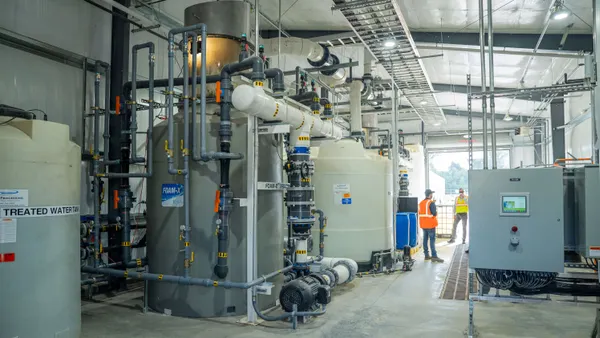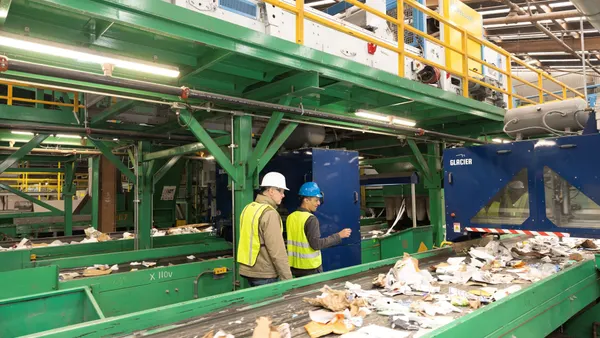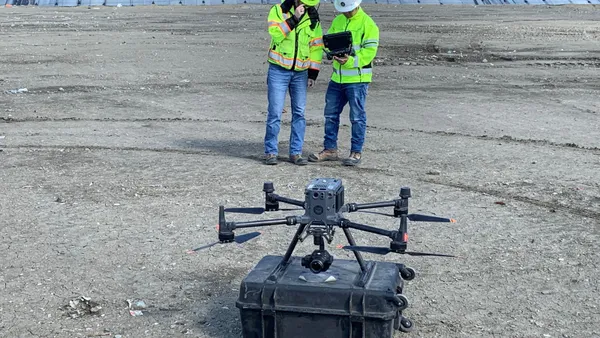Dive Brief:
- The Waimanalo Gulch Landfill (WGSL) in Honolulu, Hawaii may continue operating at its current location until March 2, 2028 following the State Land Use Commission's (LUC) authorization of a special use permit last week. Hawaii Public Radio reported the city planning commission previously told LUC that seven years would be necessary to choose a new landfill before closing WGSL.
- While Waste Management operates the landfill under contract, the city and county of Honolulu own the site and Waste Dive's questions about post-closure plans were redirected to the local government. "Waste Management’s contract ends in Dec. 31, 2024," Markus Owens, an information specialist with the Department of Environmental Services (ENV), wrote via email. "We can either extend it or go out to bid."
- If the city wants to extend the landfill's life beyond 2028, it could seek a district boundary amendment, which would remove the need for a special use permit. That could involve drafting an Environmental Impact Statement (EIS). Another option for Honolulu is to appeal to the Hawaii Supreme Court, although officials have said they are still weighing next steps.
Dive Insight:
Hawaii has limited capacity on and off of its islands, and WGSL is Oahu's only municipal solid waste landfill. The island's other landfill, PVT, takes only construction and demolition waste. According to ENV, the location of a new landfill to replace WGSL "is being determined" and the process has been underway since 2011. A 2017 ENV report found that WGSL could reach capacity by 2030 in a high-growth forecast scenario. However, cell reallocation would extend that deadline by eight to nine years, in both low- and high-growth scenarios.
Community members have expressed repeated concerns about expanding WGSL, which the city has addressed in various ways, including releasing an EIS in 2008. But issues have also cropped up more recently.
In April of this year, both Honolulu and Waste Management of Hawaii settled with the EPA over Clean Water Act violations following severe storms in December 2010 and January 2011. Temporary pipes at WGSL failed to address that onslaught of water, resulting in leachate, trash and medical waste entering the ocean, and appearing for weeks on beaches. The $425,000 settlement is set to go toward monitoring and restoring coral reefs.
It is unclear what alternatives exist without WGSL, despite ongoing concerns, in part because it predominately takes ash from the city's H-POWER incinerator. The Covanta-operated plant processes up to 3,000 tons of waste per day and produces up to 10% of Oahu's annual electricity, according to ENV. The city says that recycling activities and H-POWER combined divert more than 1 million tons of waste from landfills on a yearly basis, but maintain that WGSL and PVT remain critically important. PVT notably takes in almost half a million tons in only a few days when the island suffers a major hurricane.
A 2017 report identified 11 potential sites for a new landfill, but that process has also met with resistance. Honolulu Mayor Kirk Caldwell has opposed opening a new landfill, citing environmental justice concerns. Caldwell is instead pushing for waste reduction and new uses for the incinerator ash, which could potentially eliminate the need for a landfill. Still, officials have said the landfill is an important backup in case H-POWER – open since 1990 – experiences an emergency shutdown.









